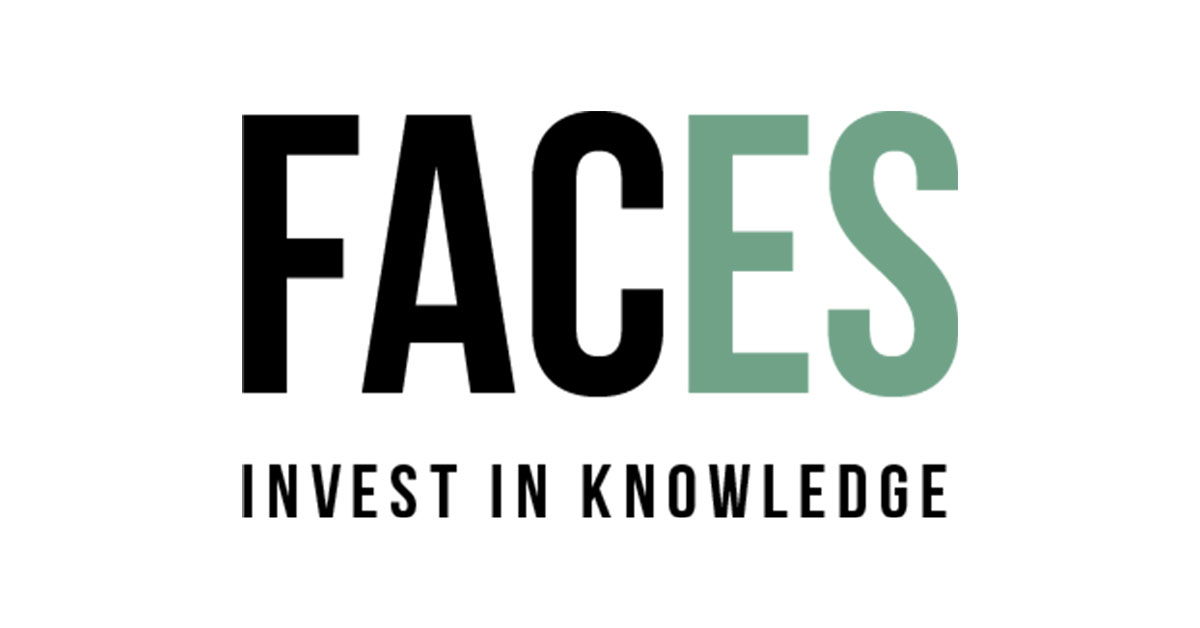The IPO story: it’s all about being prepared
In the first quarter of 2015 €34.9bn capital was raised through IPOs (Initial Public Offerings) worldwide, of which €15.3bn was raised in the EMEIA region. Also Euronext Amsterdam stock exchange started strong in 2015 with the IPOs of GrandVision, Lucas Bols, and Refresco Gerber, after a number of years of limited activity. GrandVision raised €1.0bn in capital and ranked in the global top 10 of IPOs. The number of IPOs we see today is no coincidence as an IPO is not a spur of the moment decision. The recent IPO activity reflects the trust Dutch companies currently have in the economic climate but also proves that investors with available funds are looking for returns. Successful IPOs follow an extensive IPO readiness process that transforms privately held investments into listed and scrutinized investment opportunities for both institutional and private investors. Preparations are crucial to be ready when the IPO window opens.
1. Start early with an IPO readiness assessment and make an informed decision
In order to be able to act and operate like a public company, companies should begin their IPO readiness process sufficiently early. They should be agile enough to respond to pressure to move swiftly into registration while the window of opportunity is available. As IPO readiness involves accepting and implementing change in every aspect of the business, executive management, organisation, and corporate culture – companies that start early are better prepared. Being IPO ready means among other things, to have your company ready to meet accounting (IFRS, US GAAP), tax (structuring) and legal and financial reporting requirements. Key systems that need to be in place in order to achieve this include internal controls, risk management, compliance, corporate governance and internal audit.
2. Commit substantial resources to building the right team
Preparing for an IPO is an intense and demanding process and it is all too easy for management and employees to be distracted from other important issues by the sheer enormity of the task. The company must strike the right balance between managerial focus on the IPO transaction and the day-to-day operations of the company. It is necessary to prepare an experienced management team, robust financial and business infrastructure, and a corporate governance and investor relations strategy.IPO candidates often underestimate the time their IPO journey will take and the level of scrutiny and accountability faced by a public company. This is why successful companies approach their IPO as a transformational process, rather than a final destination or just a financing event.
3. Have a plan B alongside the IPO as part of a multitrack process
Evaluate alternative exit strategies and keep the options open. Before opting for the IPO route to growth capital, most IPO candidates explore alternative strategies. Taking a multi-track approach increases a company’s strategic options, improves negotiating leverage and reduces execution risk. The mergers and acquisitions market, private equity-backed deals and dual-track approaches (such as a concurrent pursuit of both an IPO and an M&A transaction) are viable alternatives for raising capital and offer their own unique strategic advantages.
4. Be aware of investor requirements in a buyer’s market in all parts of the issue concept
A recent survey of institutional investors conducted by EY shows that the combination of the right team, right story and right price is key to success. Being prepared – in other words, having achieved IPO-ready status – is a prerequisite for this. The infrastructure-building process should include development of a strategic investor relations program for marketing the company prior to the IPO. This ensures that key investor-relations professionals are on hand to guide the planning for and performance during the IPO road show.
Investors are clear about what they look for in a successful IPO. Good quality companies priced right, run by the right team and with a good story to tell will command the attention of the market, even when market windows are opening and closing fast. Investors rank the top five success factors for IPOs as attractive pricing (the leader by a considerable margin) followed by a compelling equity story, confidence in management, the right timing and, last but not least, IPO readiness.
5. Pricing: Use multiple methods, gain knowledge of indicators and agree on threshold values
Being able to articulate a compelling equity story backed up by a strong track record of growth sets the company apart from its peers while increasing value for owners. 60% of investors base their IPO investment decisions on financial performance measures – in particular, growth in EPS, EBITDA and profitability – and attribute an average of 40% of their IPO investment decisions to nonfinancial measures, giving most weight to management credibility, corporate strategy and brand strength. A compelling equity story covering all these aspects is therefore key to marketing an IPO. Moreover, size is a decisive factor when it comes to entering selection indices and gaining broader access to investors. A high free float will facilitate the necessary post-IPO liquidity.
6. Timing: Create flexibility and the ability to get off to a rapid start, especially when entering the hot phase before the IPO roadshow
When the market timing is right, it’s the companies that are fully prepared which are best able to leverage windows of opportunity. Companies that are flexible when it comes to kick-starting their IPO execution phase will benefit from the visibility of the fastest and first company that present the IPO with high attention and market awareness when IPO windows are open. Companies around the world continue to ready themselves to go public. Whether a company is owned by its founders, a family business, conglomerates, government, private equity or venture capital, building confidence and trust among investors in the public spotlight of capital markets is vital. Being IPO ready in all areas is the ideal foundation for achieving this.
7. Living up to the expectations
During the IPO process, in the prospectus, and during the roadshow, companies set expectations about their future performance. Immediately after the IPO investors and analysts will challenge these expectations and hold the company and its management accountable. To continuously provide value to its shareholders long-term growth plans are pivotal to any company. Companies with a successful IPO use a significant portion of the proceeds to finance the accelerated growth of the company, including expansion of the activities, entry into new regions or markets, development of new products, and reinforcing brand name and infrastructure.














